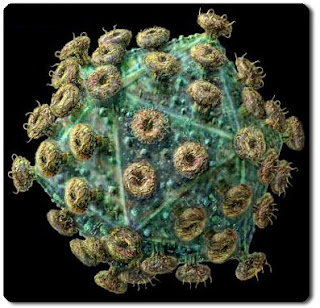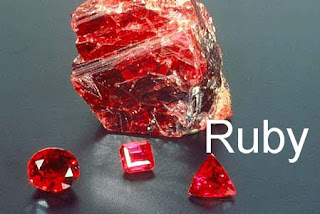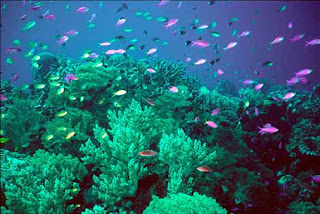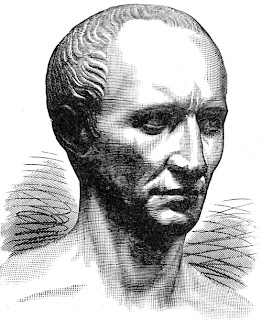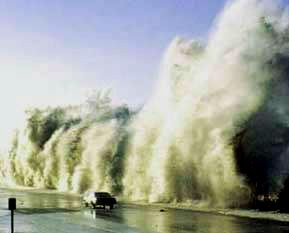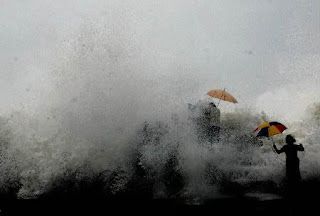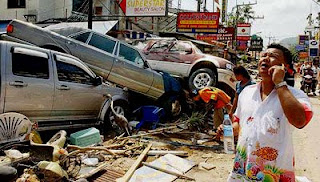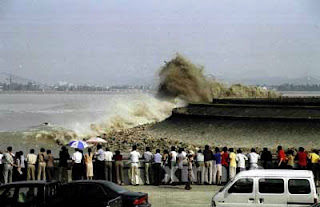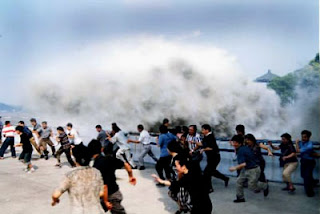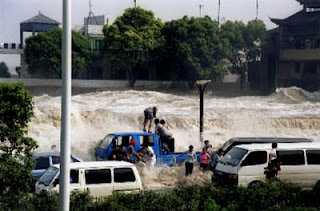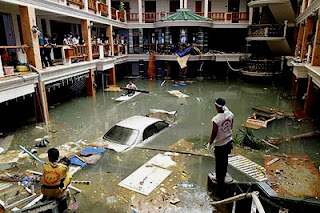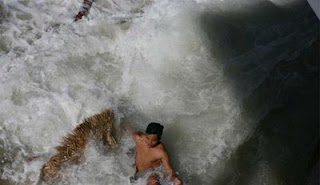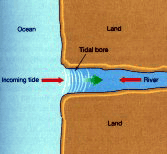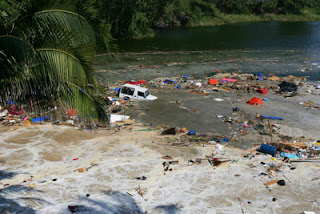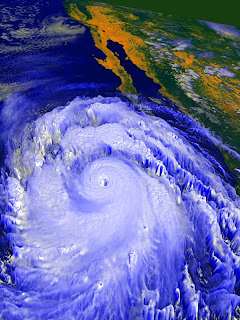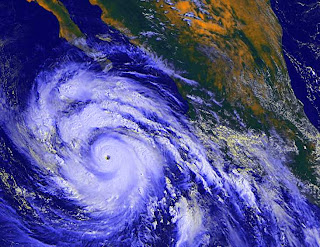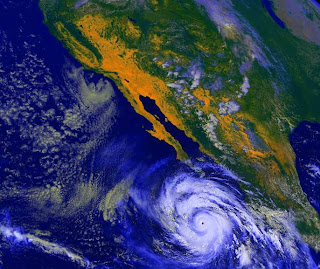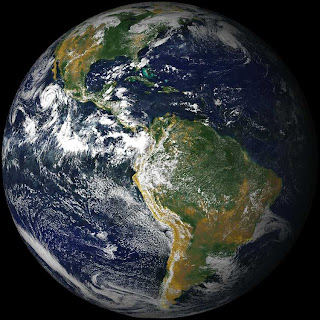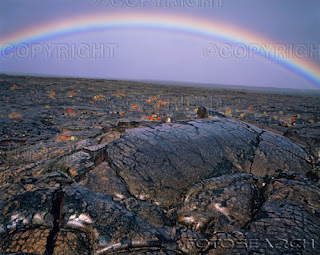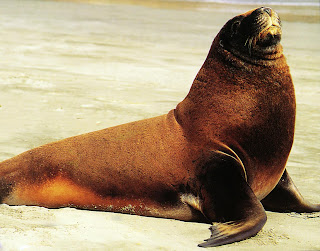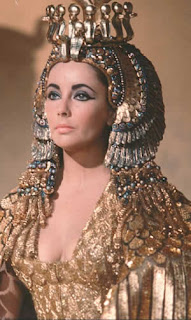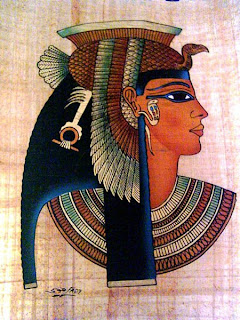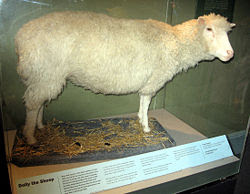The most famous pyramids are the pyramid — huge structures built of brick or stone, some of which are among the largest man-made constructions. Most of them took about 27 years to build. In Ancient Egyptian, a pyramid was referred to as mer, which was also their word for the country of Egypt itself, showing how intrinsic the structures were to the culture. The Great Pyramid of Giza is the largest in Egypt and one of the largest in the world. Until Lincoln Cathedral was built in 1300 A.D., it was the tallest building in the world. The base is over 52,600 square meters in area.
It is one of the Seven Wonders of the World, and the only one of the seven to survive into modern times. The Ancient Egyptians capped the peaks of their pyramids with gold and covered their faces with polished white limestone, though many of the stones used for the purpose have fallen or been removed for other structures.


